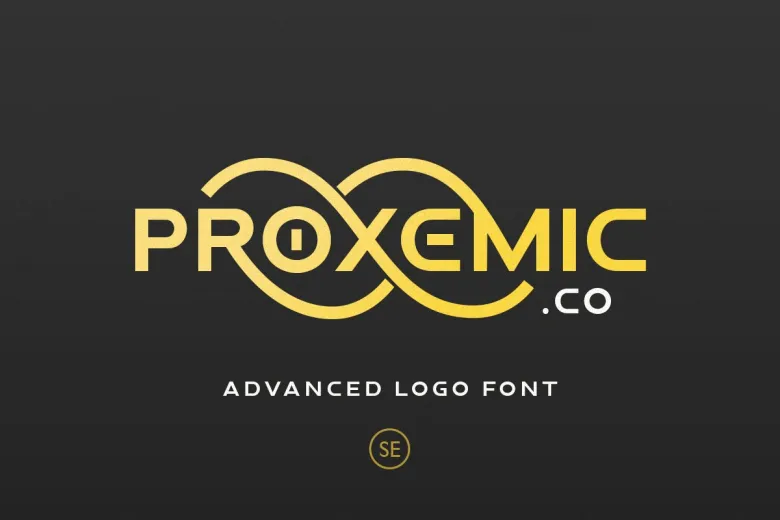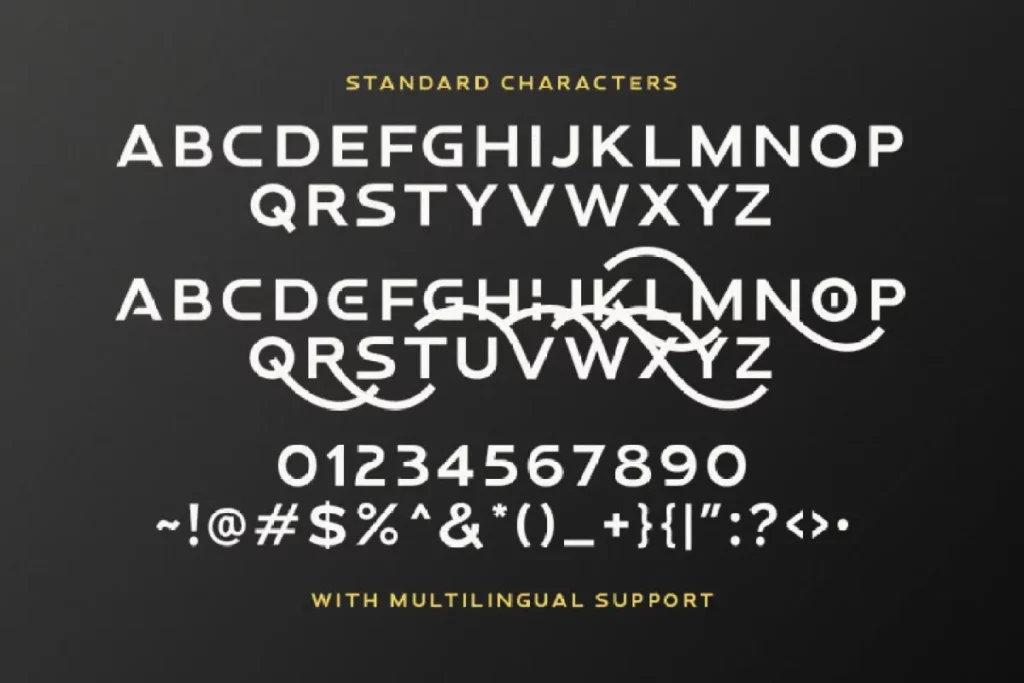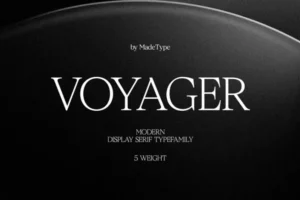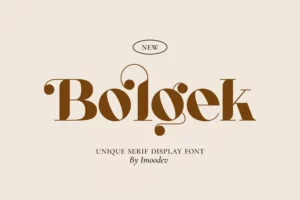Proxemic Font

Proxemic Font is a design idea that defines the correlation between proxemic design and the type of fonts used in a certain area. This is about how type can manipulate perception and touch depending on distance and environment.
In Proxemic Font, font sizes, styles, and spacing are modified in a way to improve readability and meaning transmission to address spatial orientation as well as the feelings of the user. This approach is frequently applied in numerous digital interfaces, branding, and environmental designs to enhance the viewer’s interaction with text.
You can find more free Movies fonts here.
Uppercase, Lowercase & Symbols Font


History of Proxemic Font
The origins of Proxemic Font must be sought in the history of design and typography, its development is tightly connected with the technological progress and study ofproxemics. Originally derived from anthropologist Edward T.
In the 1960s, Hall developed proxemics to explore how the amount of space determines communication. As digital environments started emerging in the last decades of the twentieth century, designers have looked for ways by which those principles could be extended to typography since the need appeared for fonts that will behave differently depending on the context and the user’s interaction with them.
Proxemic Font became a significant concept in the third millennium with the development of web-oriented solutions such as Responsive Web Design and Mobile Interfaces; this way, designers can come up with typographic experiences that are engaging on an individual level and, therefore, close the gap between the written text and the audience.
Key Features of Proxemic Font
proxemic font has the following features:
- Adaptive Typography: It features font size, weight, and style dependent on the person’s proximity and interference with the content’s reading.
- Context Awareness: The design also does not restrict proximity between the text and the environment in which this text is presented, thus enabling other variations, whether in a physical or digital platform.
- Enhanced Readability: Proxemic Font increases the readability since it alters font characteristics for proximity, thus enabling the user to grasp the message portrayed effectively.
- Emotional Response: Emotiveness is possible regarding the font where it can be changed so that the thoughts of the interaction associate with the spatial orientation and psychological condition of the user.
- User-Centric Design: Solving the problem of reader-first approach, Proxemic Font overcomes the obstacles of typography in addressing the reader’s needs and making them feel related.
- Integration with Technology: This concept also includes updates about the digital design to support responsive layouts and touch interfaces of contemporary applications.
Advantages of Using Proxemic Font
Here are some benefits of using Proxemic Font:
Improved User Experience
Regarding enlarging the user experience, Proxemic Font positively impacts the typography by making it suitable for each application context. In this regard, it adapts to the user’s interaction distance and activity, making content understandable and engaging, minimizing the burden, and maximizing the outcome.
Increased Engagement
This means that when the typographic design is sensitive to spatial conditions, the users will engage with the content. In addition, Proxemic Font gains people’s attention by transforming characteristics associated with the environment to make reading longer and more interesting.
Flexibility Across Platforms
Proxemic font has been developed to be usable in a variety of contexts digital as well as in physical space. Depending on whether it is watched on a smartphone screen, tablet, or even a big monitor, the adjustable size of the font brings consistency. It makes it work effectively so that designers do not lose brand recognition when moving between platforms.
Enhanced Brand Identity
Proxemic Font may help support or augment a brand’s atmosphere, within which users can develop a type of typography that will resonate with them emotionally. This paper provides evidence that aligning font features to brand communications and audiences successfully makes building relations and brand loyalty with customers easier.
Accessibility
Proxemic Font enhances accessibility since it adapts font styles to suit users with different requirements. Changes in dimensions, mass, and appearance guarantee that people with vision impairment or learning disability can engage with content readily, making designs more accessible.
Data-Driven Insights
Proxemic Font allows designers to capture data about users’ interactions and their actions in designing. In turn, this extends the understanding of how users interact with different font styles and settings and provides businesses with the information to make new enhancements in design to improve results and the satisfaction of the users.
This font is free for personal use; click here for commercial use.




